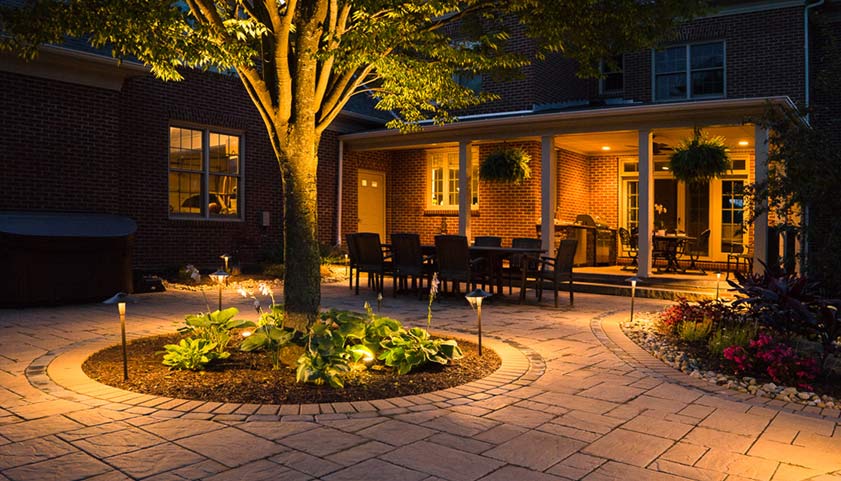Altiplano Design Insights
Exploring the beauty and creativity of design in everyday life.
Let There Be Light: Transform Your Space
Discover how to illuminate your home and elevate your mood! Transform your space with light and watch it come alive. Click to learn more!
5 Innovative Lighting Ideas to Transform Your Space
When it comes to transforming your space, innovative lighting ideas can make all the difference. From statement chandeliers to smart lighting solutions, finding the right fixtures can elevate your interior design. Consider installing a layered lighting approach, which combines ambient, task, and accent lighting. This not only highlights architectural features but also creates a warm and inviting atmosphere. For a fresh twist, think about using LED strip lights in unexpected areas, such as under cabinets or along shelving, to add a modern touch.
Another captivating option is to explore decorative lamps that reflect your personal style. Look for pieces that serve as both functional lighting and artistic decor, like a vintage-inspired table lamp or a sculptural floor lamp. Don't underestimate the power of natural light; introducing mirrors can enhance daylight and create the illusion of larger spaces. Finally, experiment with colored bulbs or smart home lighting systems to completely change the mood of a room with just the touch of a button. These innovative lighting ideas can effortlessly transform your space into a true reflection of your style and needs.

How to Choose the Right Lighting for Every Room
Choosing the right lighting for every room is essential for creating a welcoming and functional space. Start by assessing the purpose of each room. For example, in a living room, you might want soft, ambient lighting for relaxation, while a home office requires brighter, more focused lights for productivity. Consider using multiple light sources, such as floor lamps, table lamps, and ceiling fixtures, to achieve a balanced illumination that caters to various activities.
When selecting fixtures, pay attention to the style and color temperature of the bulbs. Warmer tones (2700K-3000K) create a cozy atmosphere, perfect for bedrooms and living areas, while cooler tones (4000K and above) are ideal for kitchens and workspaces. Additionally, think about implementing dimmers to adjust brightness levels according to your needs and mood. By considering these factors, you can effectively enhance the functionality and aesthetic appeal of every room in your home.
The Impact of Lighting on Mood: Illuminate Your Environment
The impact of lighting on mood is a significant aspect of environmental psychology. Research shows that different types of lighting can evoke various emotional responses. For instance, bright white light is often associated with increased alertness and energy, making it ideal for workspaces. Conversely, softer, warmer tones can create a sense of calm and relaxation, making them perfect for living spaces. By understanding the effects of light, you can intentionally design your spaces to enhance your overall well-being.
To illuminate your environment effectively, consider implementing a variety of lighting options that suit different moods and activities. Here are some practical tips:
- Use adjustable lighting fixtures to cater to changing needs throughout the day.
- Incorporate natural light wherever possible to boost your mood and productivity.
- Experiment with colored lights to create specific atmospheres for different occasions.